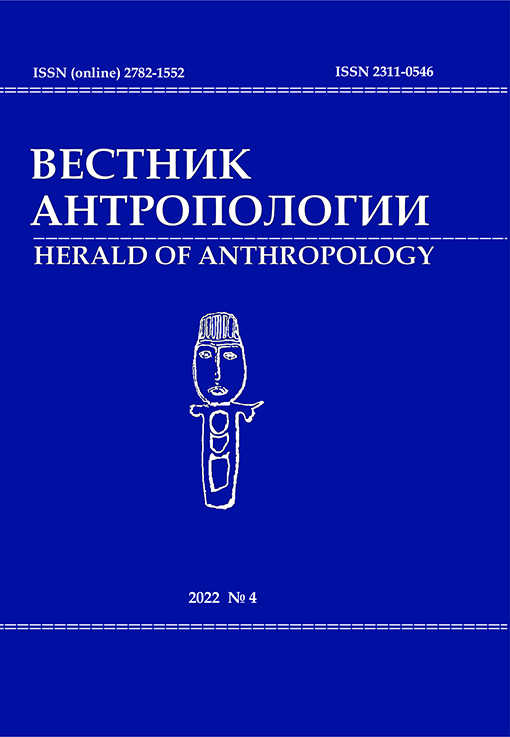The Main Biological Species Concepts and Their Functional Potential in Paleoanthropology
DOI: 10.33876/2311-0546/2022-4/314-325
Keywords:
anthropogenesis, mechanism of speciation, sympatric species, allopatric species, taxon, polyphyly, monophylyAbstract
The classical definition of “species” formulated by E. Mayr is based on reproductive isolation of a group, which is impossible to study when the group is extinct. Such studies of hominins are further hampered by the fragmentary nature of paleoanthropological fossils and the incompleteness of the paleoanthropological chronicle. But the wide range of conceptual approaches to define the concept of “species” available in scientific publications allows us to study “species” within paleoanthropology as a scientific field. In the article, twenty-two concepts of a biological species in paleoanthropology are examined for their functional potential. Species of the Homo and Australopithecus genera are compared. An overview of environmental, demographic, migration factors, as well as factors of sexual selection and systematic constructions is given. The article also highlights the achievements and prospects of genetic research of the genus Homo for understanding the category “species”. Three groups of concepts were identified: “operational”, “partly operational” and “non-operational” in paleoanthropology. For the first two groups, the article shows possible ways of their application to the study of the category of “species” within the Homo genus with a specific example for a “partly operational” concept.





















